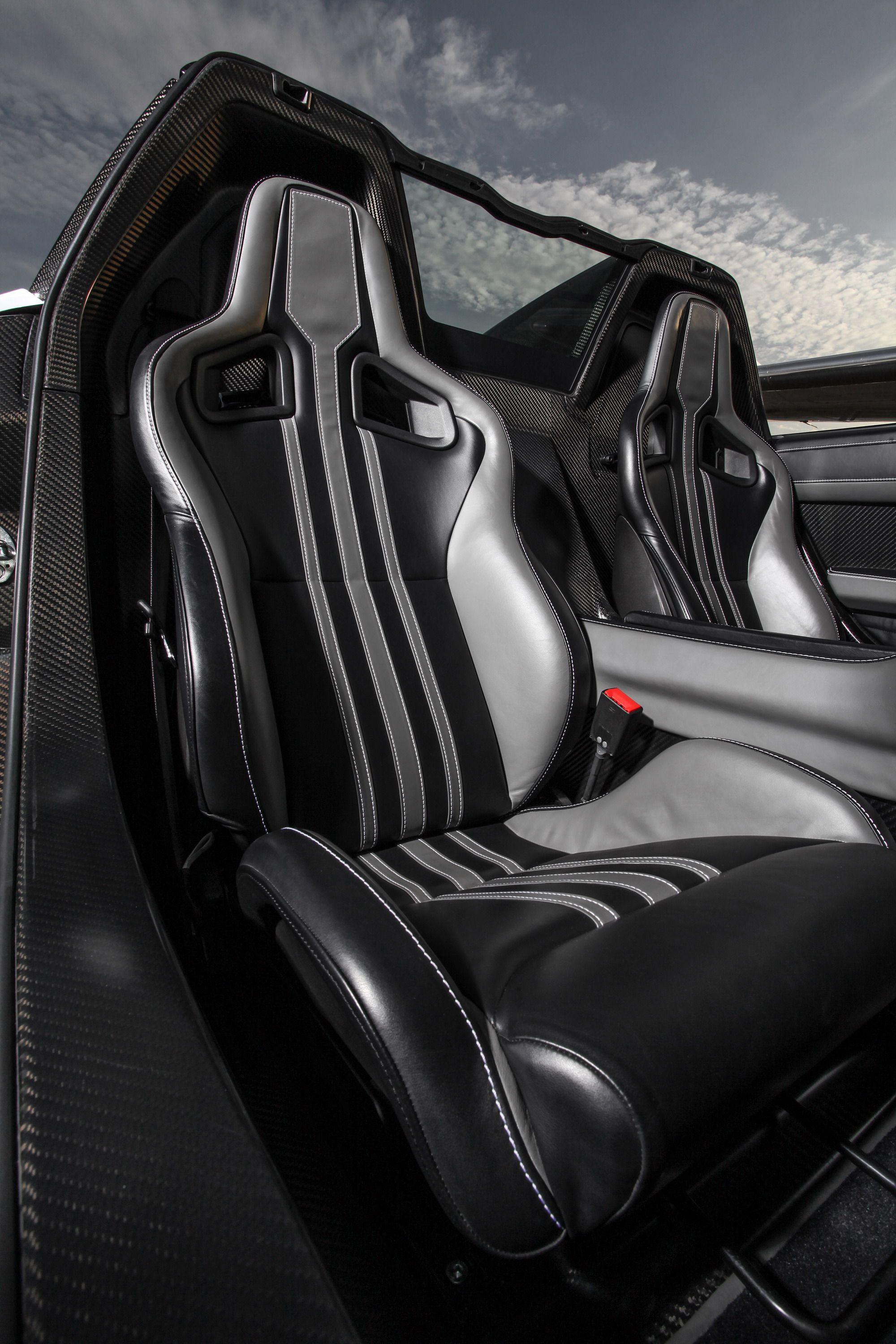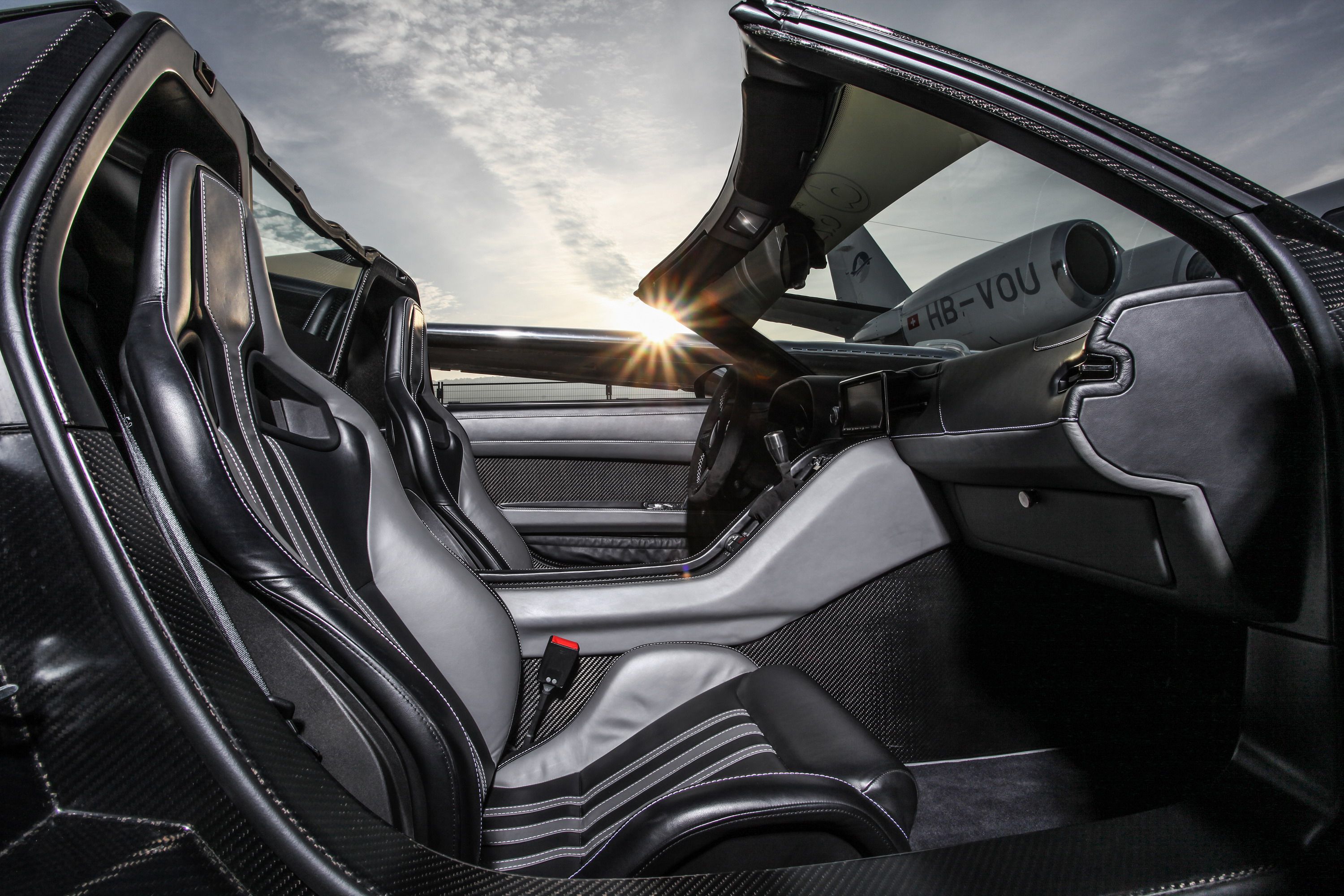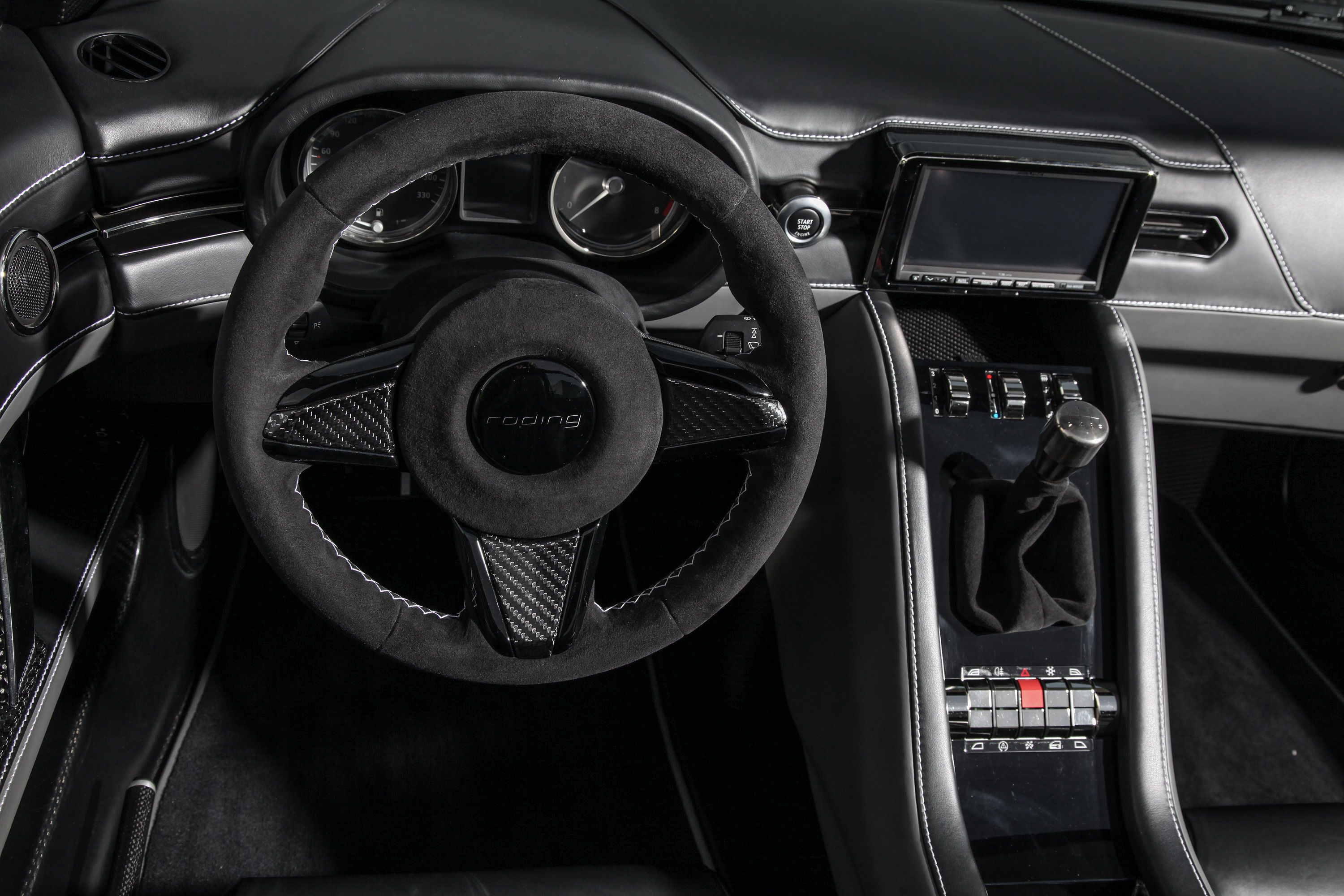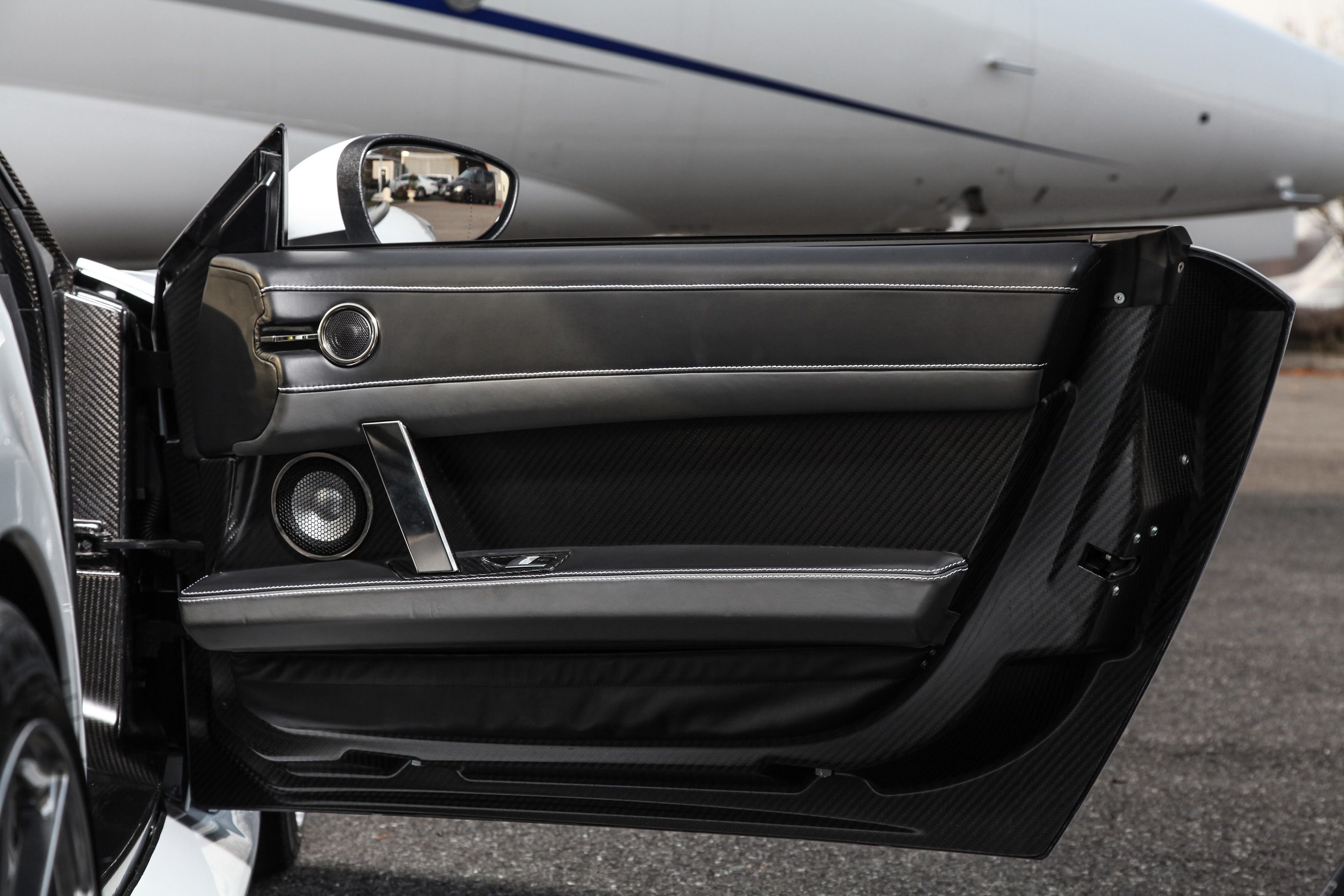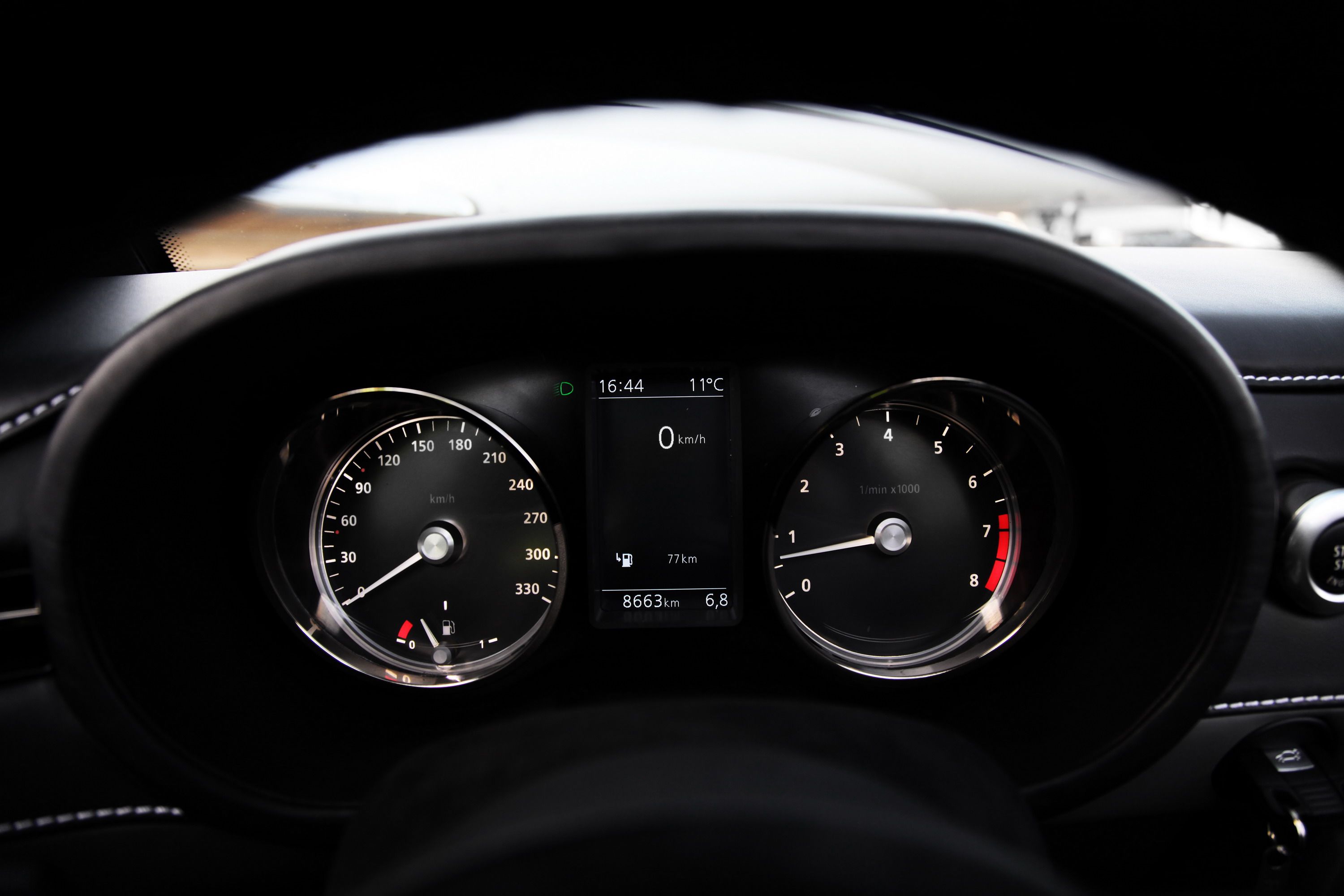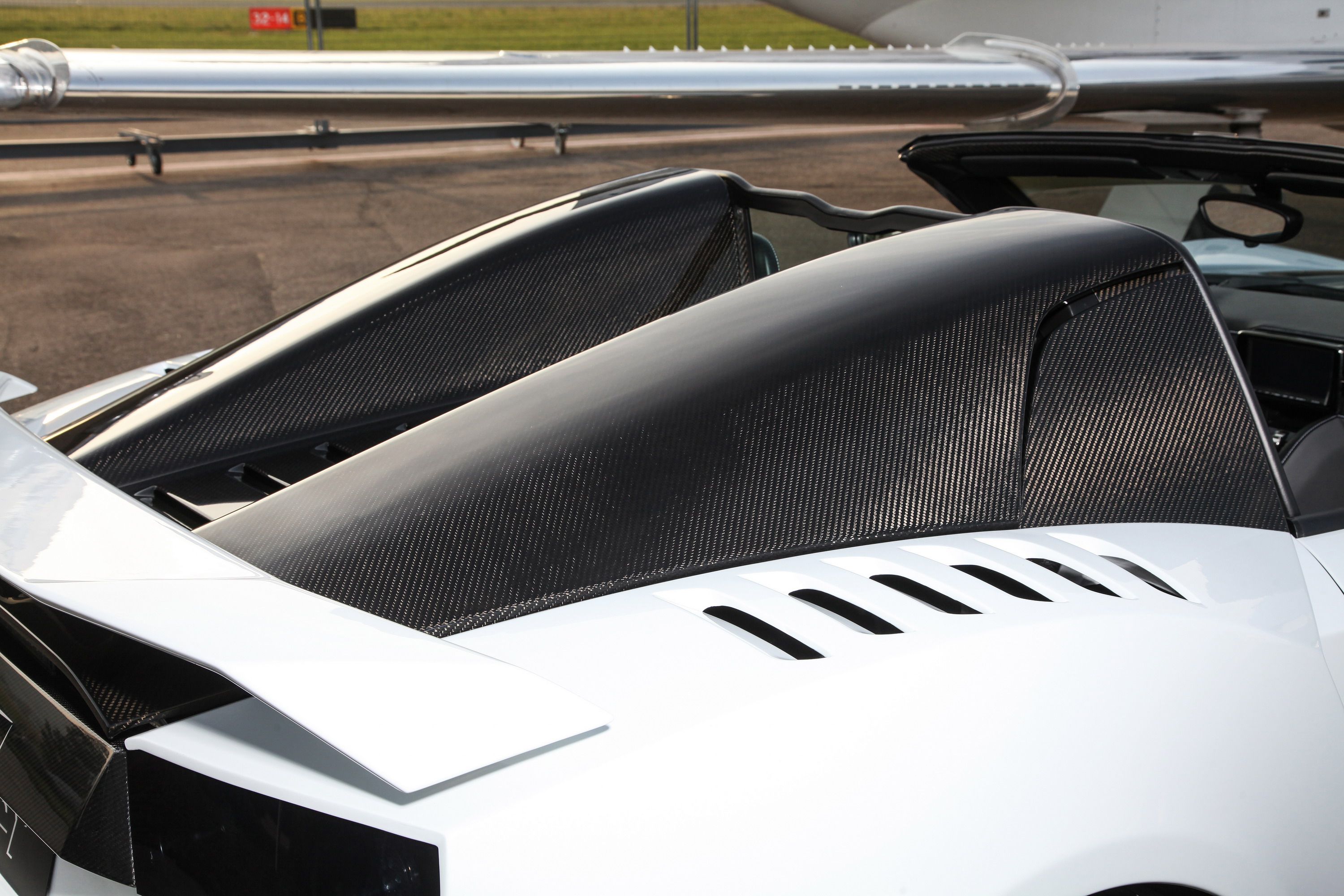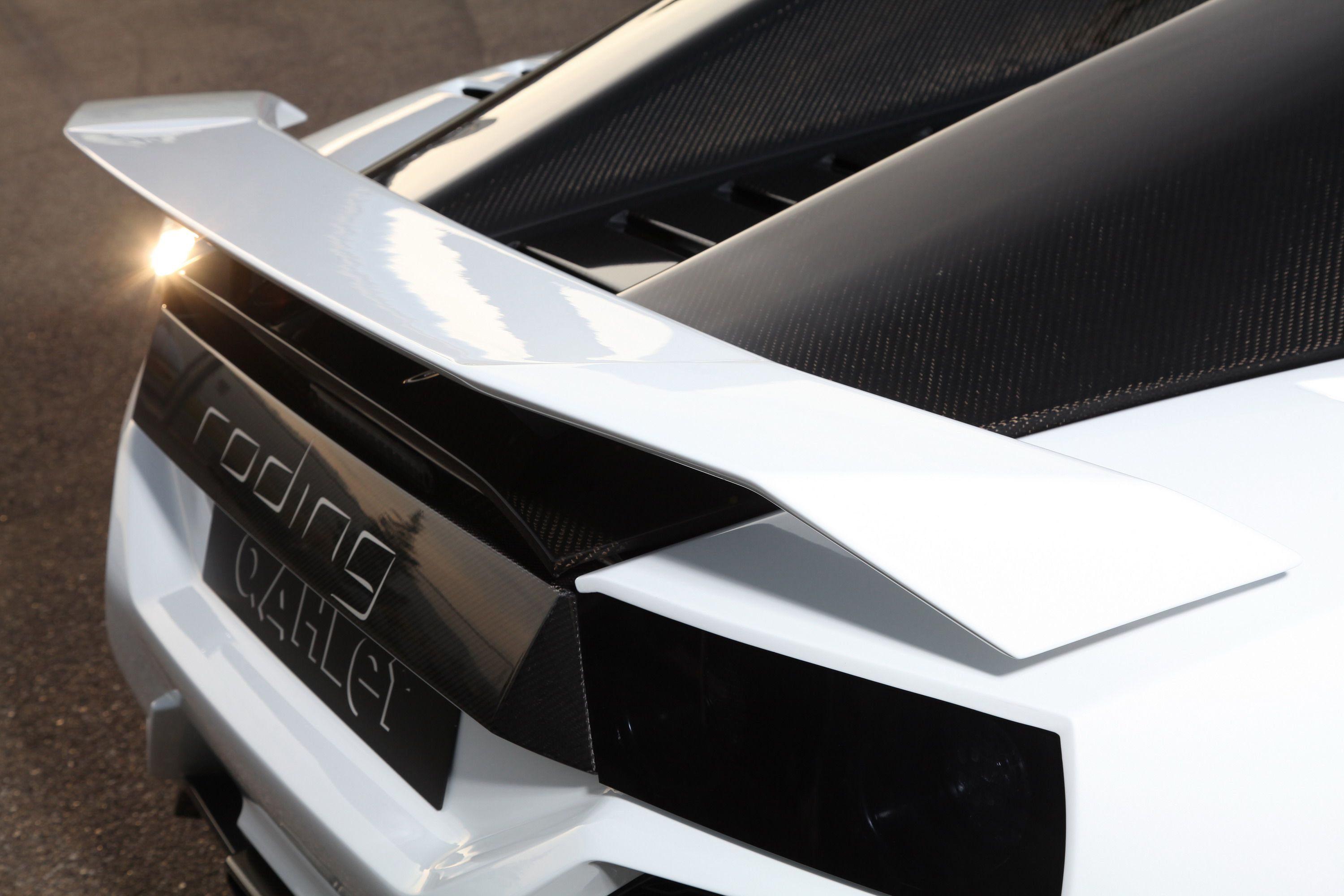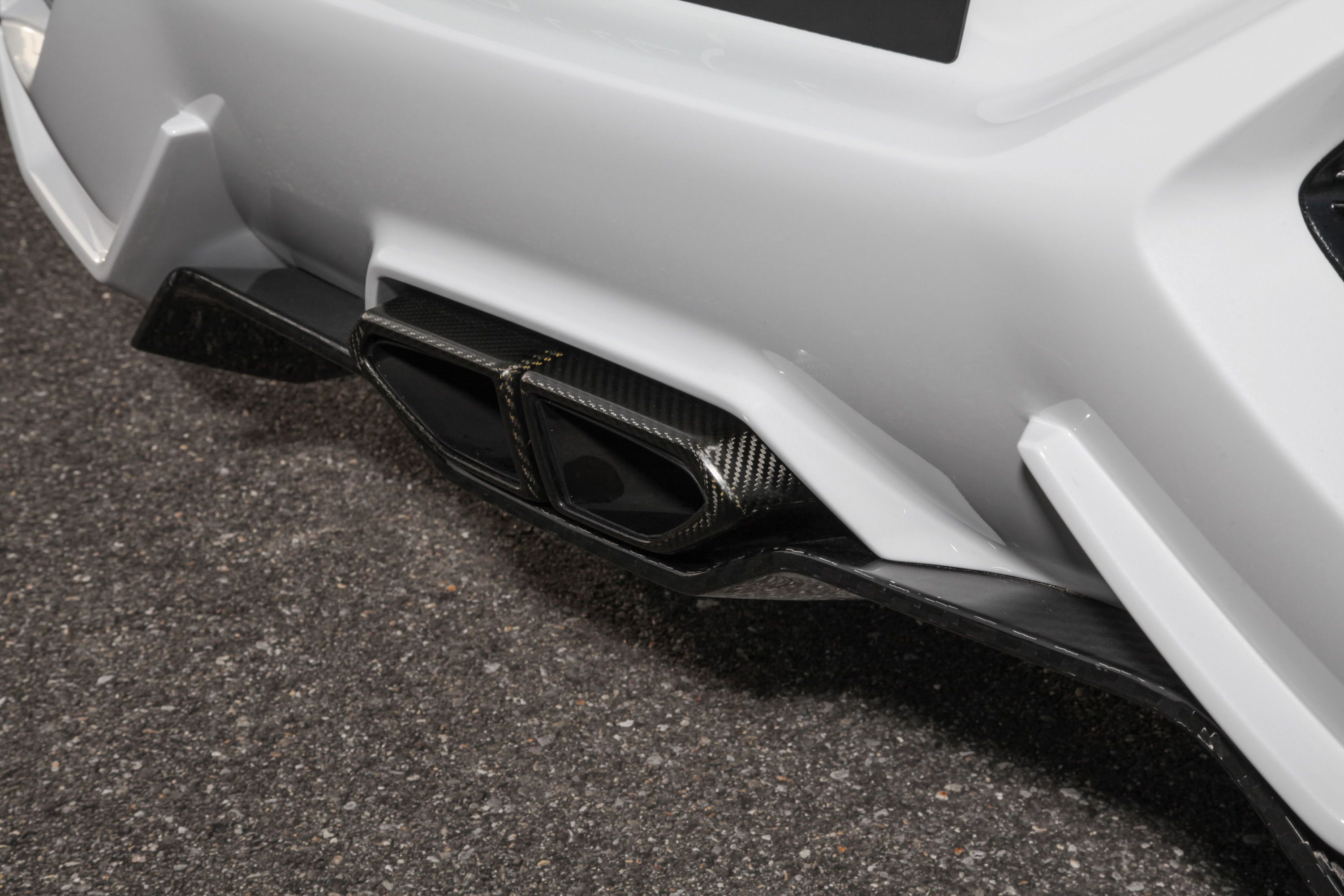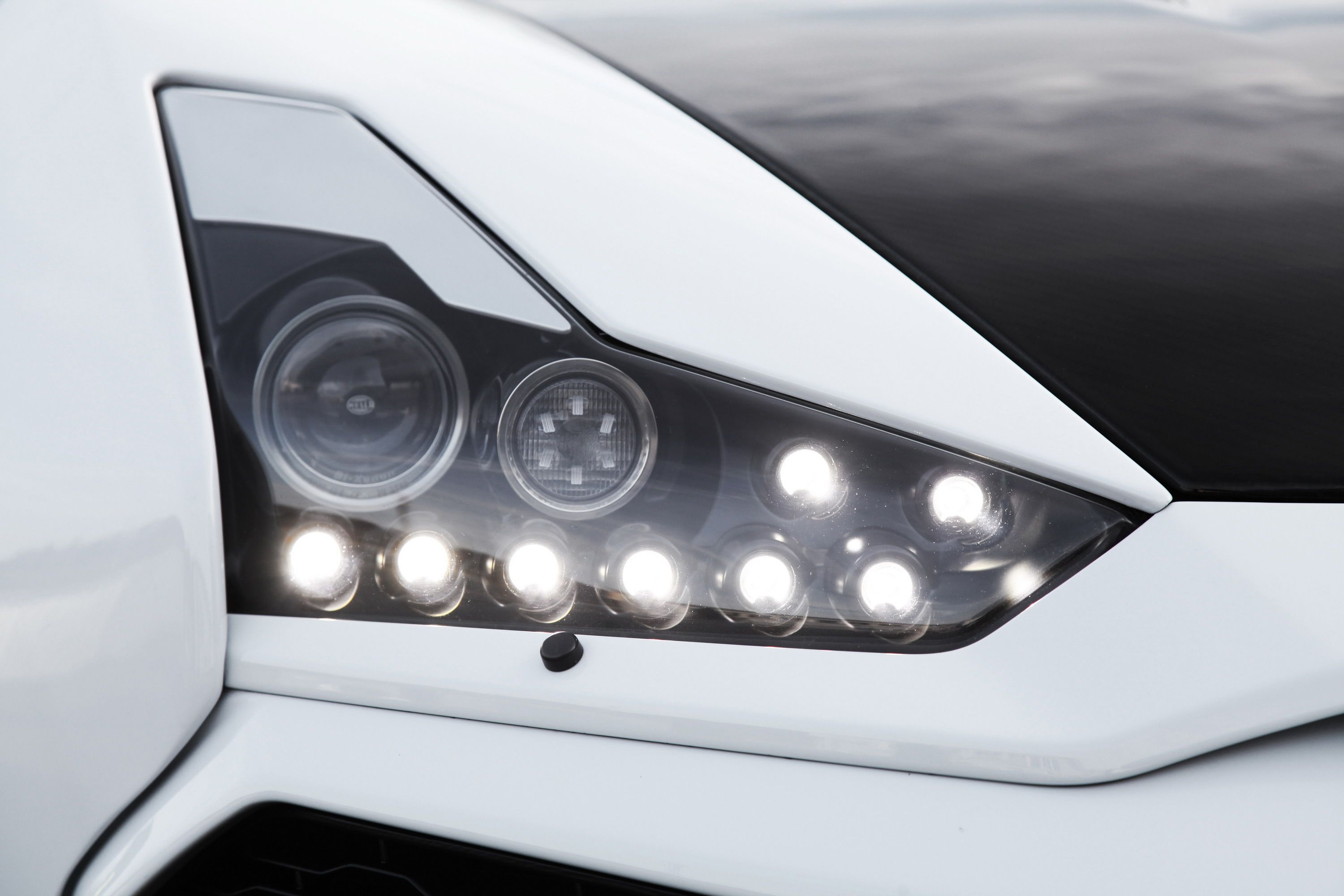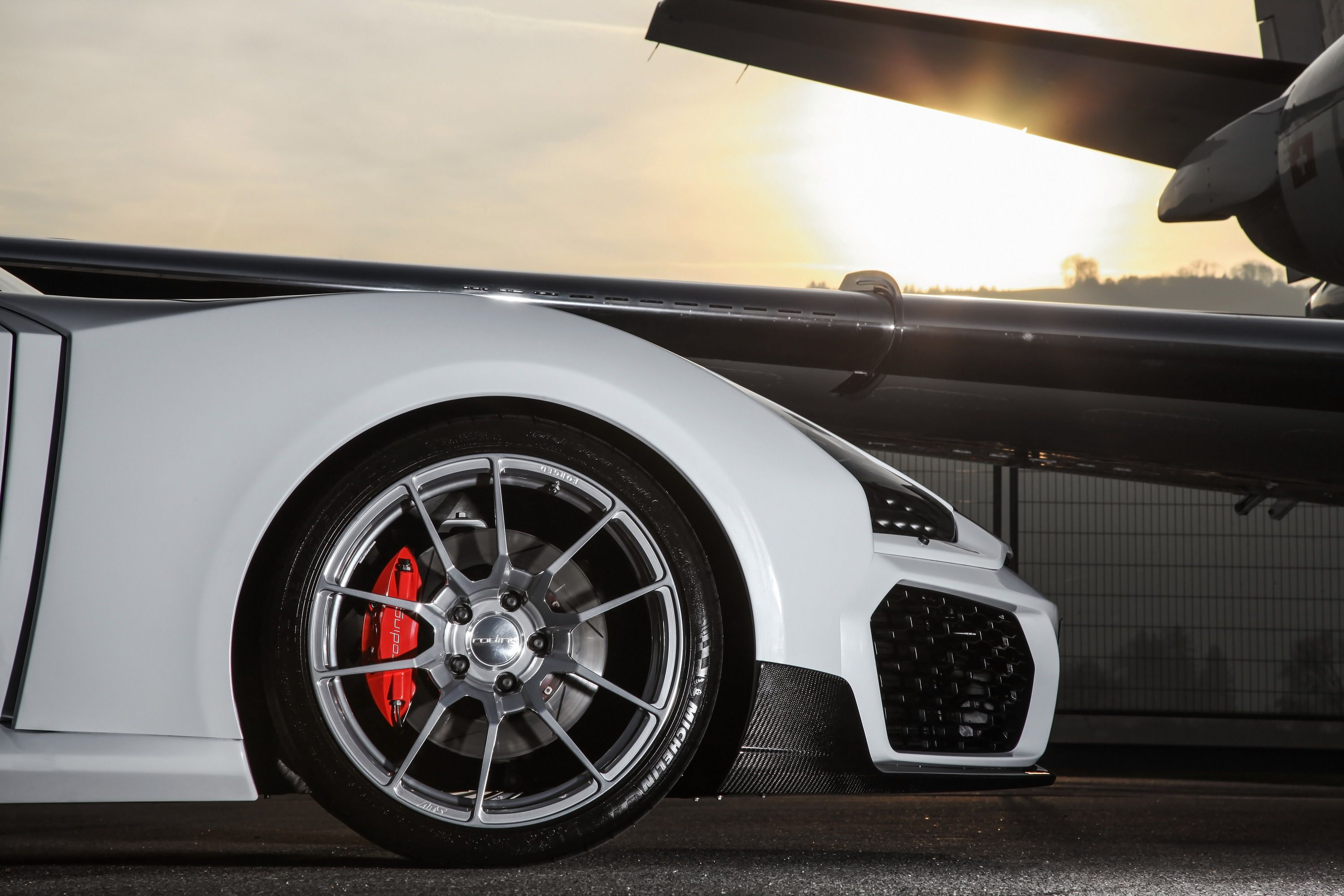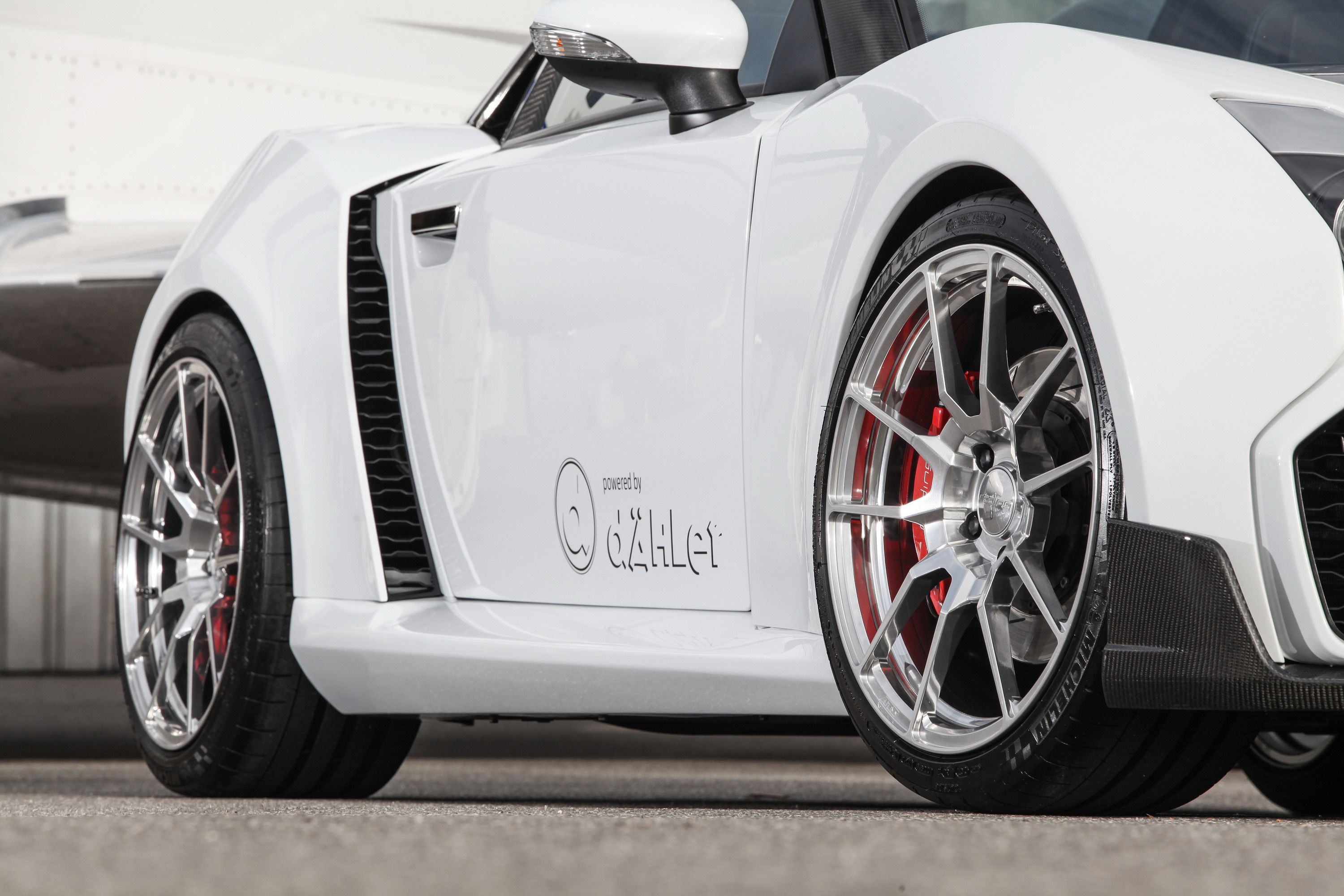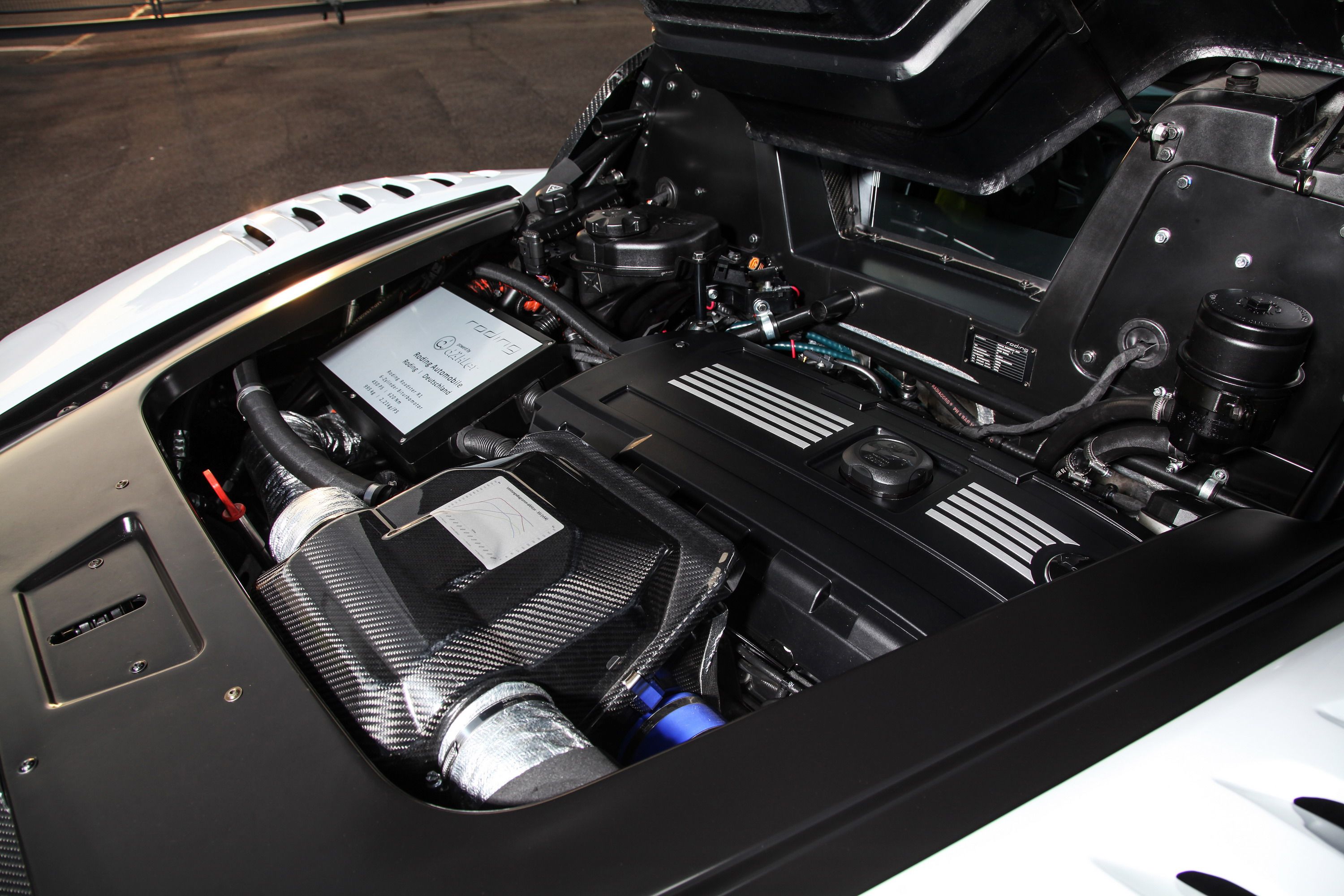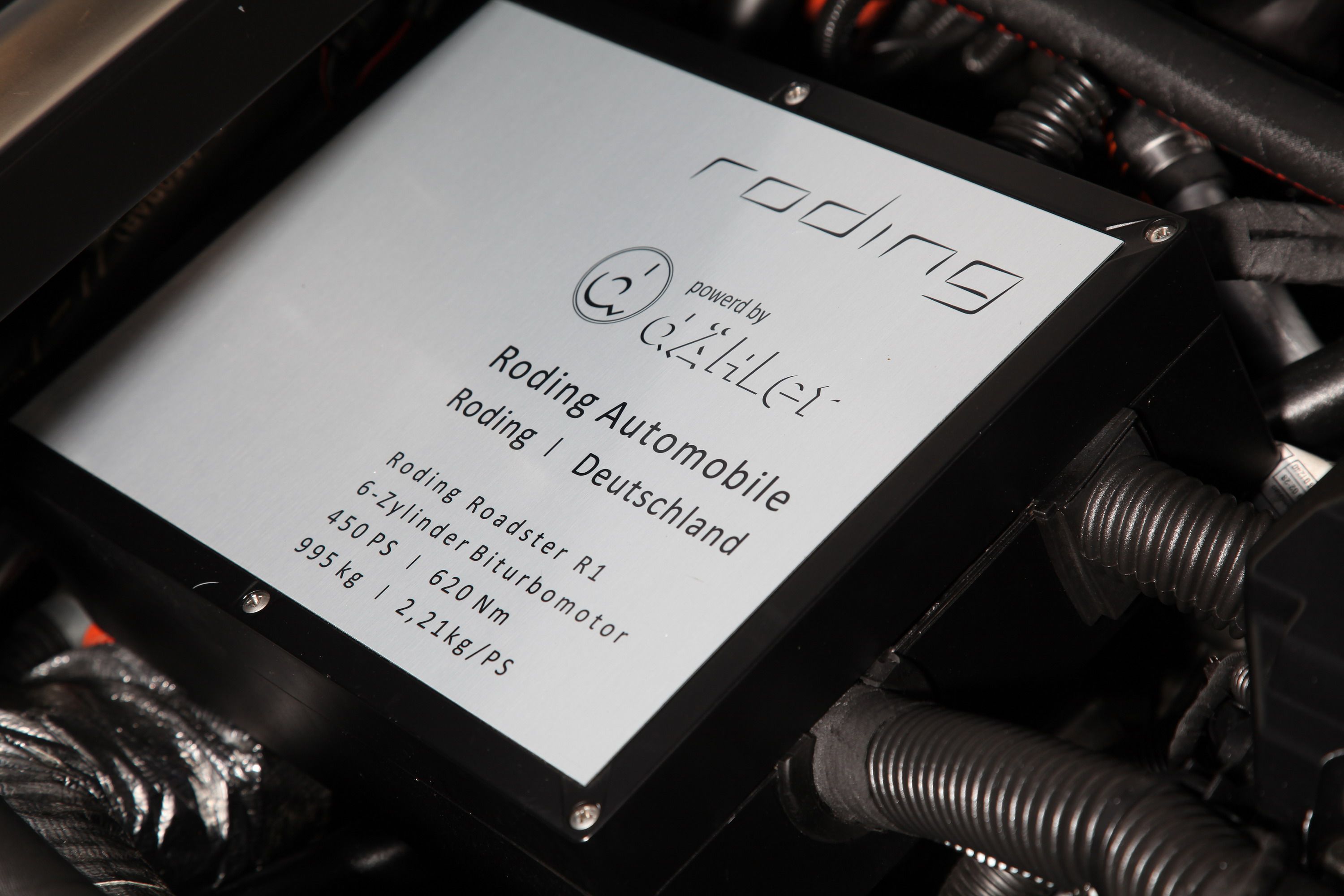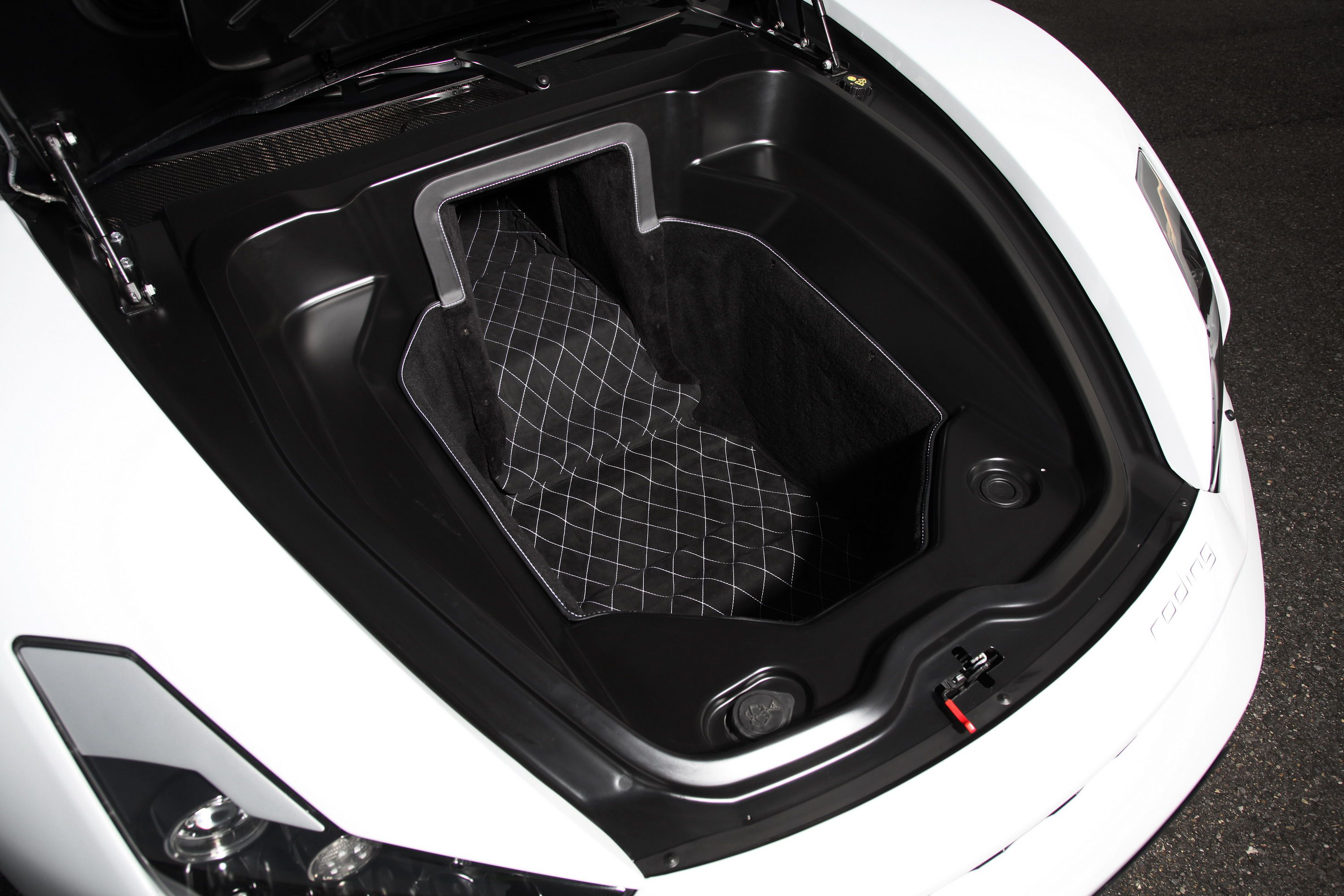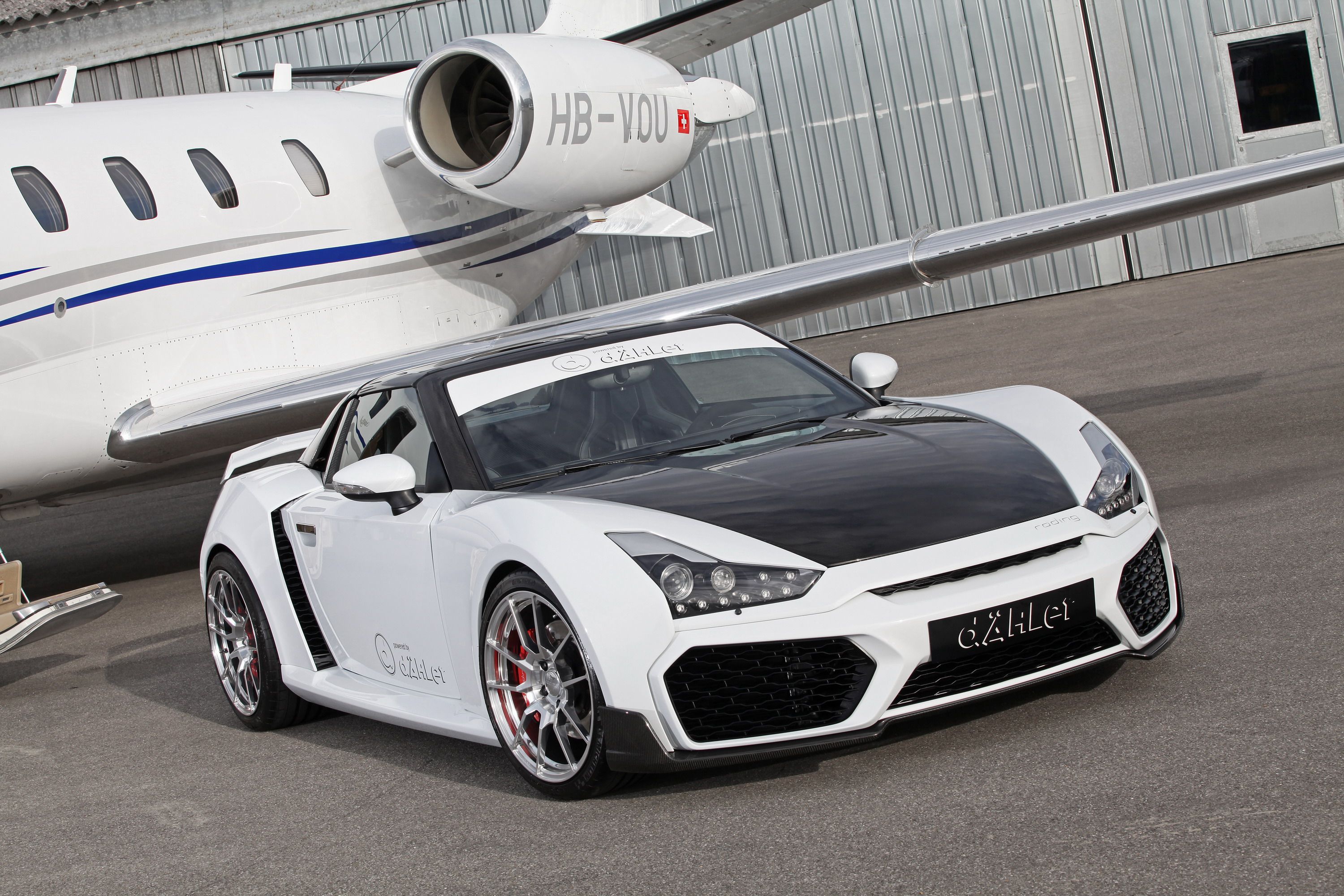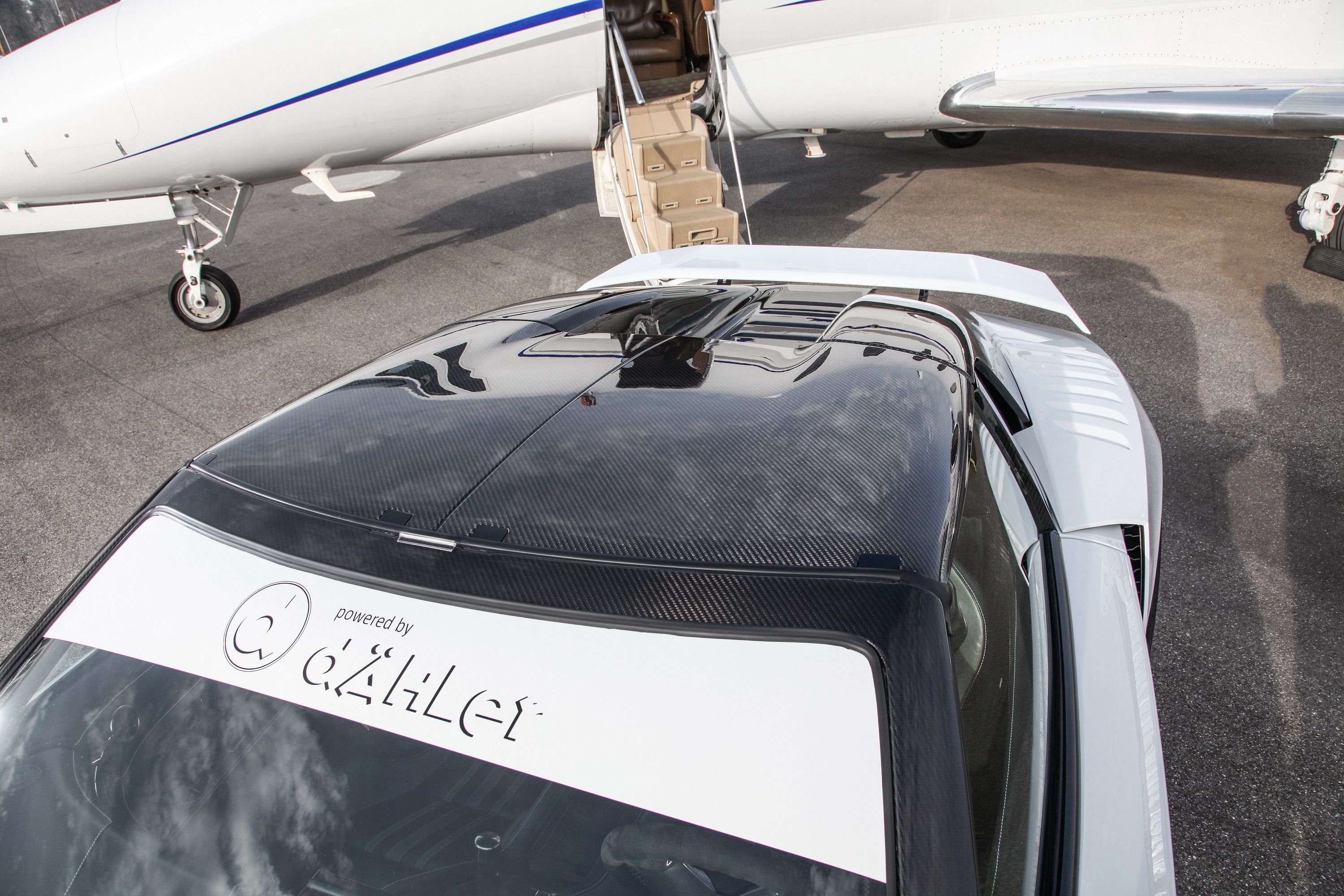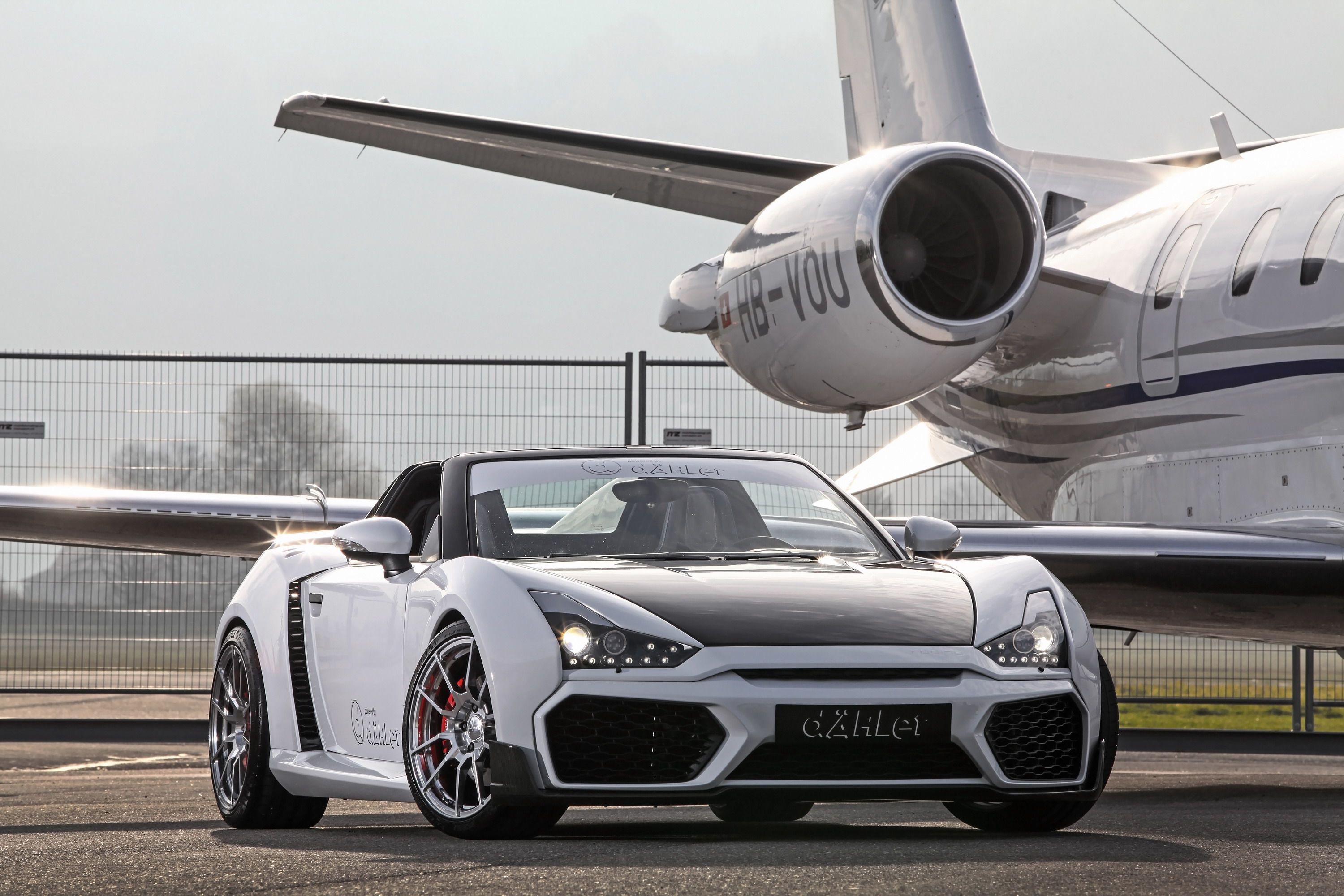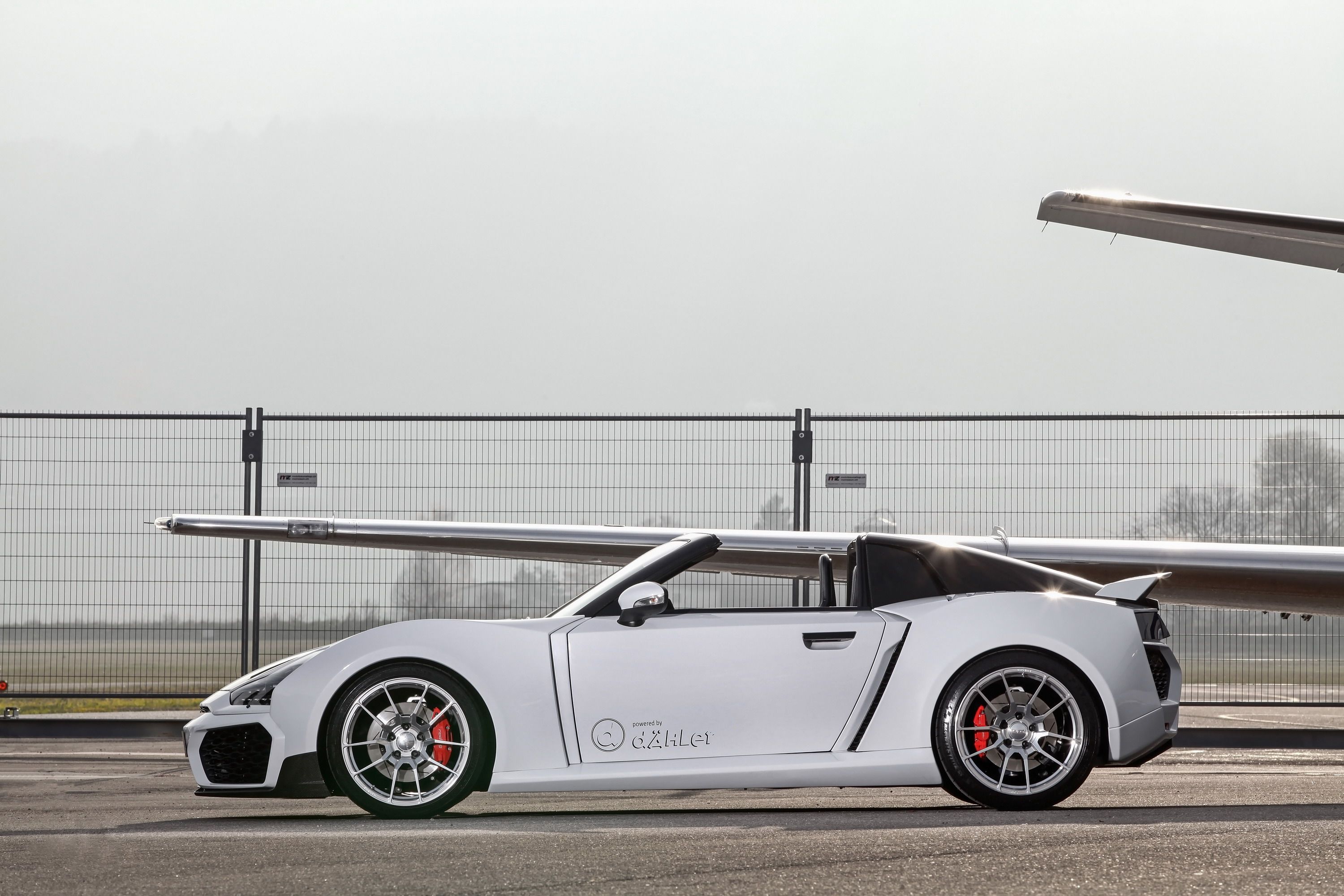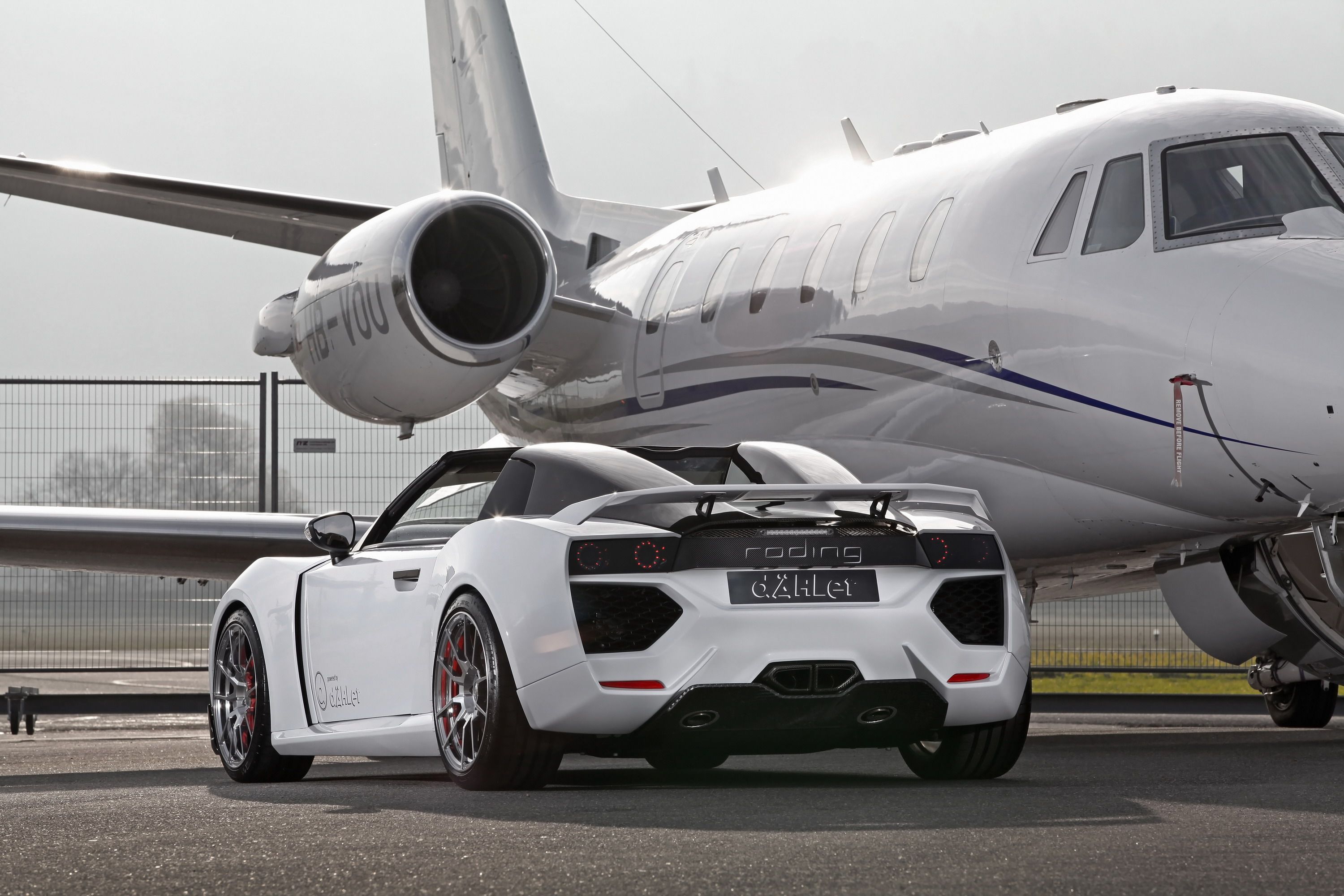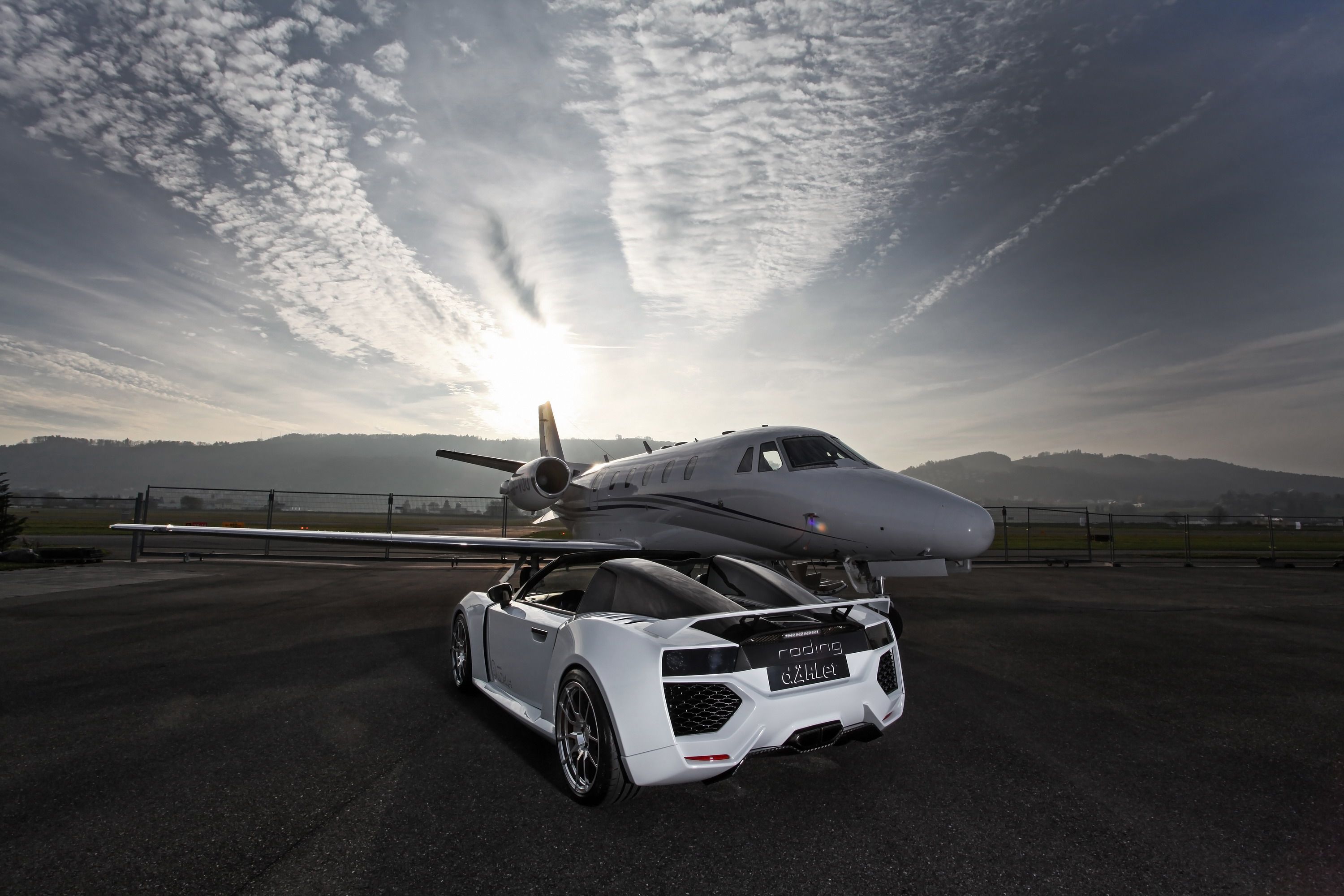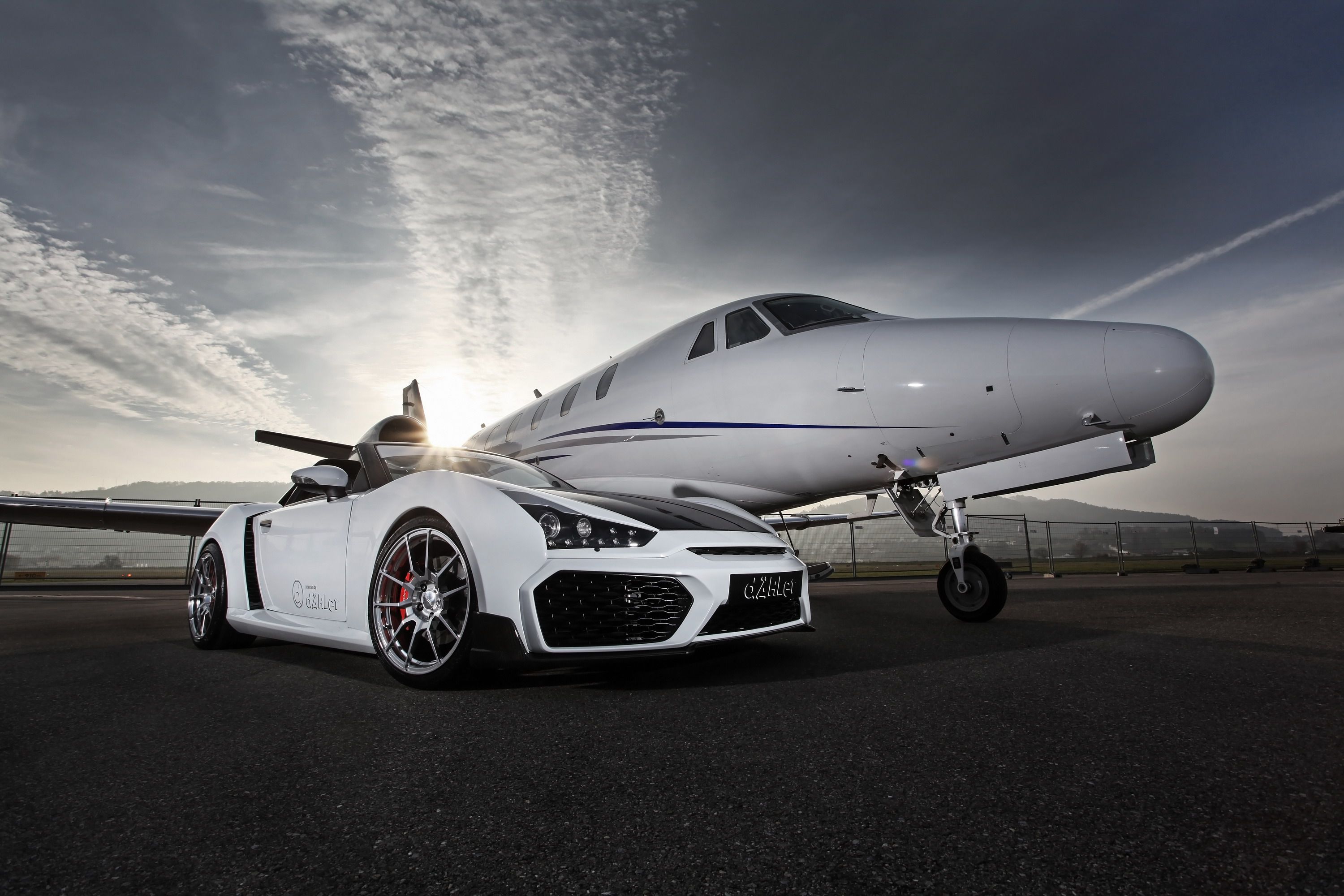First launched in 2008, Roding Automobile->ke4213 is a German automaker that presented an alternative sports car, presumably aimed for hipster auto enthusiasts who preferred going against the grain with their performance car choices. Thus, the two-seater Roding Roadster R1 was born. Since its creation, the Roadster still retains an aura of mystique about it. Whether Roding intended it or not, the Roadster R1 is still unrecognizable to a lot of people, auto hipsters included. But, even with its under-the-radar appeal, the Roadster has actually been the subject of a handful of tuning programs, most recently by Swiss tuner Dähler Design & Technik GmbH.
Relatively unknown to most people, Dähler Design & Technik GmbH has actually been involved in the auto tuning scene for the better part of 20 years, having done some exclusive programs for a number of cars ranging from niche models like the Roadster R1 to mainstream models like the BMW 4 Series.->ke3834 It doesn’t get the same amount of publicity as fellow Swiss tuner Mansory,->ke3403 because Dähler is one of those companies that isn’t a staple in huge auto shows like Mansory is.
The good thing about Dähler is that even without the attention, it has still established a reputation for building and developing high-quality tuning kits. This one for the Roadster R1 is no exception. It’s got an extensive aero kit for the exterior to go with a well-dressed interior and a two-stage engine modification system that squeezes some extra juice out of the Roadster’s 3.0-liter inline-six engine.
There may be more programs that get more of the acclaim than this one, but for what it’s worth, Dähler’s program for the Roadster R1 may just what Roding needs to get more attention for its niche sports car.->ke506
Continue after the jump to read the full review.
2016 Roding Roadster R1 by Dähler Design & Technik
- Make: Array
- Model: 2016 Roding Roadster R1 by Dähler Design & Technik
- Segment: Array
- Engine/Motor: inline-6
- Horsepower: 408
- Torque: 398
Exterior
Dähler didn’t divulge the details of the exterior modifications it did on the R1, but a quick side-by-side comparison between the standard R1 and the Dähler-tuned version reveals two totally different looks. On the front section, the large horizontal grille-like front bumper was taken out in favor of a more dynamic version that’s highlighted by two, large, Lamborghini-like intakes. The fenders and the wheel arches also appear to be larger and wider while the blacked-out hood provides a nice contrast to the white body finish of the sports car.
Moving to the rear, a large rear wing has been installed for aerodynamic purposes while the same grille-like rear bumper has also been taken out and replaced with an aggressively-styled version that houses another set of intakes, helping to increase airflow into the car’s mid-mounted, BMW-sourced, inline-six engine. Even the exhaust tips, previously located on both ends of the bumper, are now grouped together in the middle.
Dähler also added a new wheel-and-tire combination on the R1. The tuner didn’t specify what kind of wheels they are, but based on these photos, I’d venture to guess that they’re 18-inch, ten-spoke forged alloys wrapped in Michelin tires.
Interior
Once again, details on the interior upgrades have been left out of the press release, so I’m going to rely on another comparison photo between the standard R1 and the tuned-up version. The biggest difference I see is the Alcantara-wrapped steering wheel and the prevalence of black leather throughout the cabin. The two sports racing seats also come with a unique black-and-grey, two-tone design and are also heavily wrapped in fine leather. The rather subdued center stack appears to retain its stock configuration. The last noticeable bits are the carbon fiber bits scattered throughout the cabin.
Drivetrain
For this program, Dähler developed a two-stage kit that improves the R1’s performance capabilities. The first stage, predictably called the LS 1 kit, helps take the output of the R1’s BMW-sourced, 3.0-liter, turbocharged, in-line six engine to 408 horsepower and 398 pound-feet of torque. This power increase results in the R1 getting a new top speed of 186 mph. If that isn’t enough to tickle your adrenaline for power and performance, the LS 2 kit puts in an extra 42 ponies and 59 pound-feet of torque, bringing the sports car’s output to an impressive 450 horsepower and 457 pound-feet of torque, bringing the top speed to a blitzing 192 mph.
If you're wondering how the R1 is capable of hitting that top speed despite its power rating topping out at just 450 ponies, the answer can be found in the car's weight. Due to its relatively svelte figure, the R1 weighs just 950 kg (2,095 pounds), thus resulting in a power-to-weight ratio of under three kilos per horsepower.
Pricing
Dähler didn't release the pricing details for the R1 program, and an inquiry on the company's Facebook page hasn't yielded any results either. So, if you don't want to wait for Dähler's response, you can go ask the tuner directly for the price of this kit.
Competition
Porsche Boxster GTS
Owning a Roding Roadster R1 is the equivalent of being an adventurous car owner who doesn’t mind going against the grain, even if it means owning a car that not a lot of people know about. On the other end of that spectrum are owners who prefer a roadster with a famous name behind it. One such model is the Porsche Boxster GTS. On the surface, there’s really no competition between these two models as far as popularity is concerned.
But, even if the Roding Roadster R1 falls dramatically short in that category, it still has the performance chops to compete against a car like the Boxster GTS. The Porsche roadster, for instance, is powered by a 3.4-liter flat-six engine that produces a total of 330 horses and 273 pound-feet of torque. Those numbers are a little more than what a standard Roadster R1 is capable of producing out of its own inline-six engine. In terms of performance, both roadsters are quick off the block with each capable of sprinting from 0 to 60 mph in just a shade over four seconds. Even when you think about the construction of both cars, the Roadster R1 can hold its own against the Boxter GTS, thanks in part to Roding’s prevalent use of carbon fiber to keep the Roadster R1’s weight down.
Having said all of that, it’s still a little difficult to pick a niche roadster like the R1 when the “alternative” is a Boxster GTS. But, that’s just me. I’m sure there are folks out there who don’t mind walking the road less traveled and choosing the Roding Roadster R1.
Read our full review on the Porsche Boxster GTS here.
Conclusion
I'll be the first to admit that I don't know much about Dähler Design & Technik, but as far as first impressions go, I like what I see here from the Swiss tuner. Would it be enough though to convince me to take a close look at the Roding Roadster R1? That's hard to say, especially since I'm more predisposed to pick a sports car that comes from a more established automaker. No disrespect to Roding intended. It's just a little tricky for me to buy a niche sports car knowing that it's going to be a lot more difficult to maintain it after the fact.



